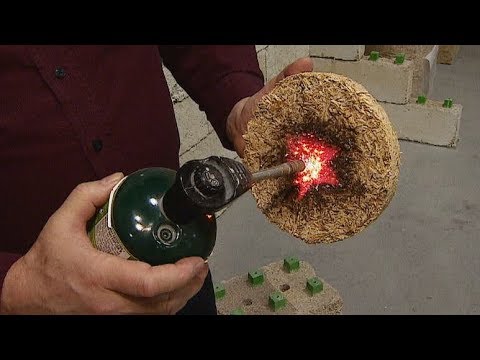This Alberta company says its hemp building blocks are sustainable, heat-resistant, humidity-free and made from carbon-negative material. Plus, they can be put together like big Lego blocks. It’s a fantastic, renewable sustainable source of alternative building materials.
Formerly this wouldn’t have been of much interest to Americans. but on December 20th, 2018, President Trump signed the 2018 Farm Bill into law legalizing hemp. This Federal Law, which includes hemp’s narcotic properties, opened up hemp farming for the first time in many years. To check whether your state allows farming go here.
State legislatures have taken action to establish state-licensed industrial hemp programs and promote hemp as an agricultural commodity in recent years. A wide range of products, including fibers, textiles, paper, construction and insulation materials, cosmetic products, animal feed, food, and beverages all may use hemp.
While hemp and marijuana products both are species of the cannabis plant, hemp is typically distinguished by its lower concentration of tetrahydrocannabinol (THC).
According to, Hempethics: Industrial hemp has many uses, including paper, textiles, biodegradable plastics, construction, health food, and fuel. It is one of the fastest growing biomasses knownand one of the earliest domesticated plants known. It also runs parallel with the “Green Future” objectives that are becoming increasingly popular.
Hemp requires little to no pesticides no herbicidescontrols erosion of the topsoil, and produces oxygen. Furthermore, hemp can be used to replace many potentially harmful products, such as tree paper (the processing of which uses chlorine bleach, which results in the waste product polychlorinated dibensodioxins, popularly known as dioxins, which are carcinogenic, and contribute to deforestation, cosmetics, and plastics, most of which are petroleum-based and do not decompose easily.
The strongest chemical needed to whiten the already light hemp paper is non-toxic hydrogen peroxide.
